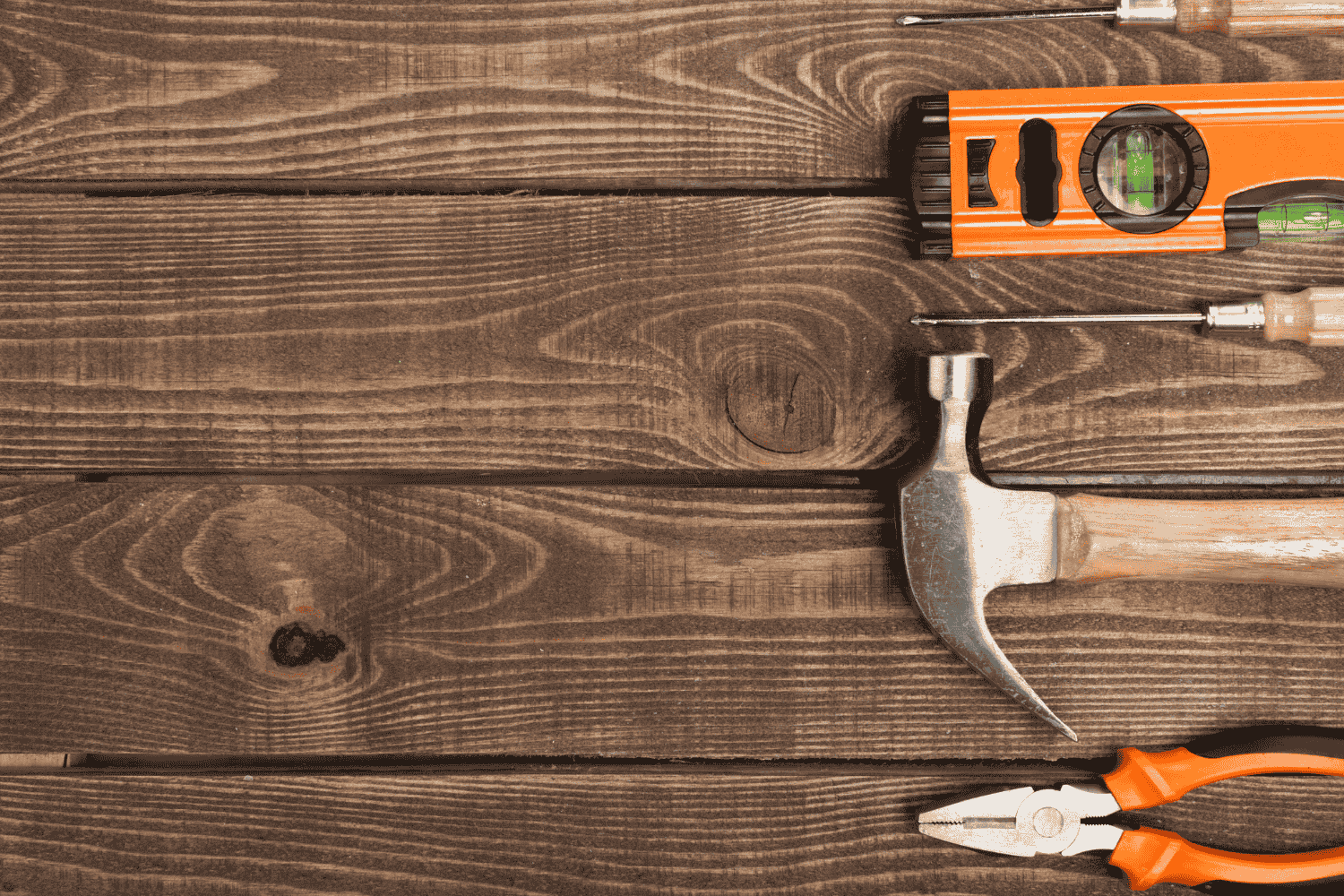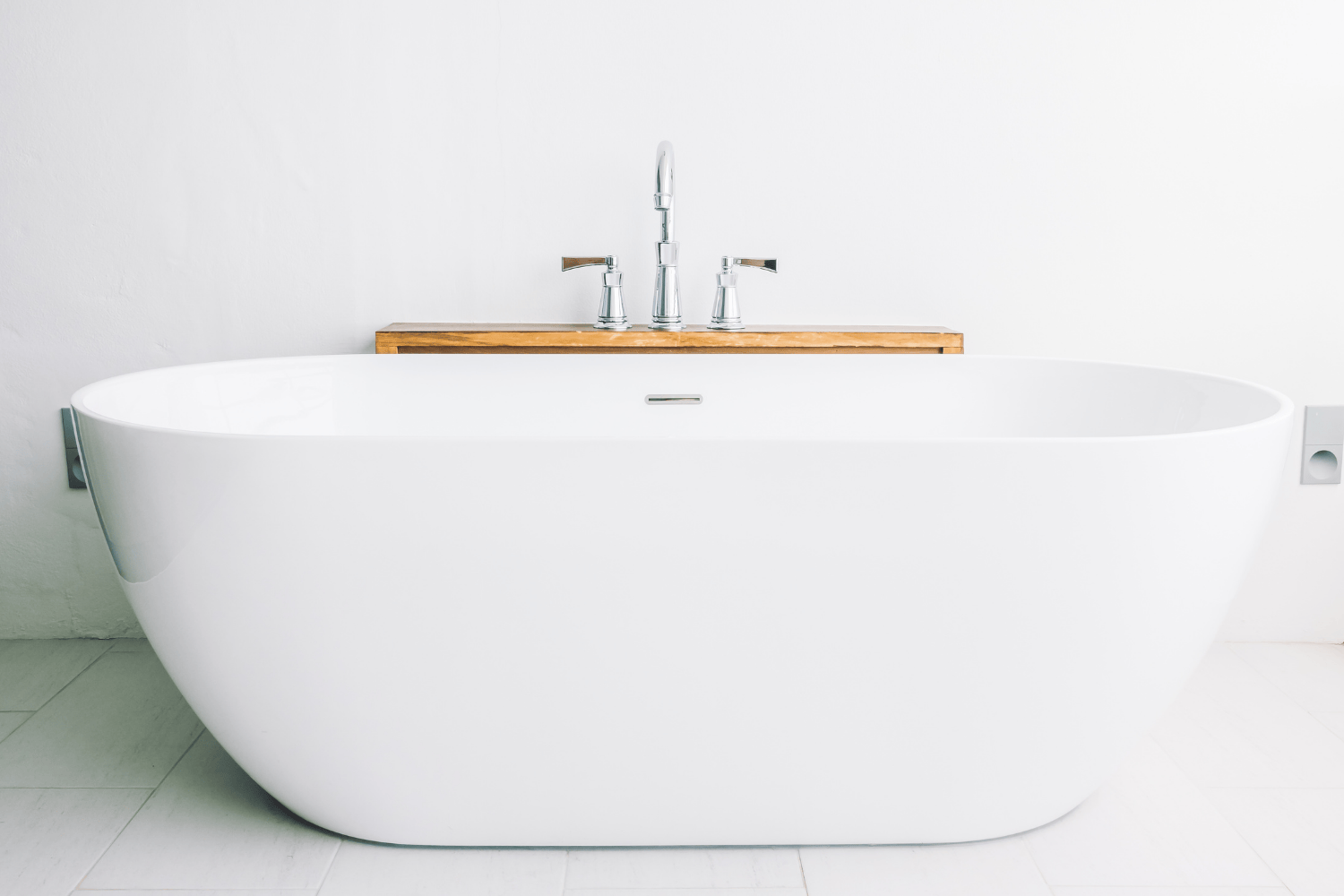An energy efficient window minimizes heat transfer, reducing energy bills and improving indoor comfort. We’ll cover the different types, technologies, and tips for selecting the best windows for your home.
Key Takeaways
- Energy-efficient windows reduce heat transfer, enhance indoor comfort, and lower energy costs through technologies like Low-E glass and multi-pane designs.
- Proper installation of windows is vital to prevent air leaks and ensure optimal performance, which can also affect warranties.
- Regional climate considerations and the choice of frame materials significantly impact the effectiveness of energy-efficient windows, enhancing overall home efficiency.
Understanding Energy Efficient Windows
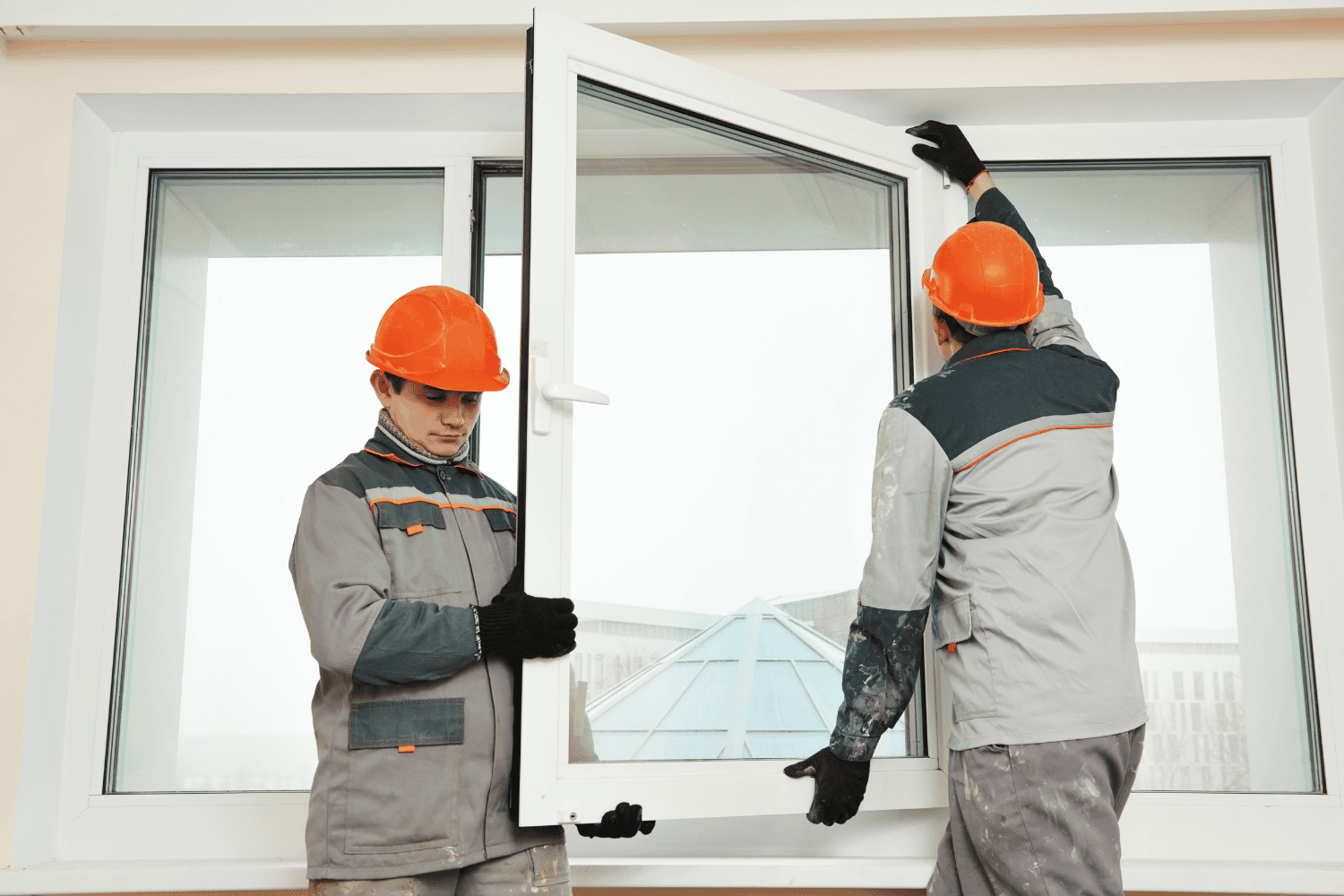
Energy-efficient windows are designed to prevent heat transfer, maintaining a comfortable indoor environment while reducing energy costs. These windows are crafted with materials and technologies that minimize the amount of heat that escapes during the winter and enters during the summer. This ability to control heat transfer not only keeps your home cozy but also lowers your heating and cooling costs.
One of the key technologies in energy-efficient windows is Low-E (low-emissivity) glass. Low-E glass is coated with a microscopically thin layer of metallic oxides, which reflects infrared light while allowing visible light to pass through. This means that in the summer, heat from the sun is reflected away from your home, keeping it cooler, and in the winter, heat generated inside your home is reflected back, keeping it warmer. This reflective property can reduce heat loss by up to 50%, making a significant impact on your home’s energy efficiency.
Different types of Low-E coatings, such as hard coat and soft coat, offer varying levels of insulation. Soft coat Low-E coatings provide superior insulation compared to hard coat, making them a preferred choice for those looking to maximize their energy savings.
Investing in energy-efficient windows save money on energy bills and contributes to a more sustainable environment by lowering overall energy consumption.
Types of Energy Efficient Glass
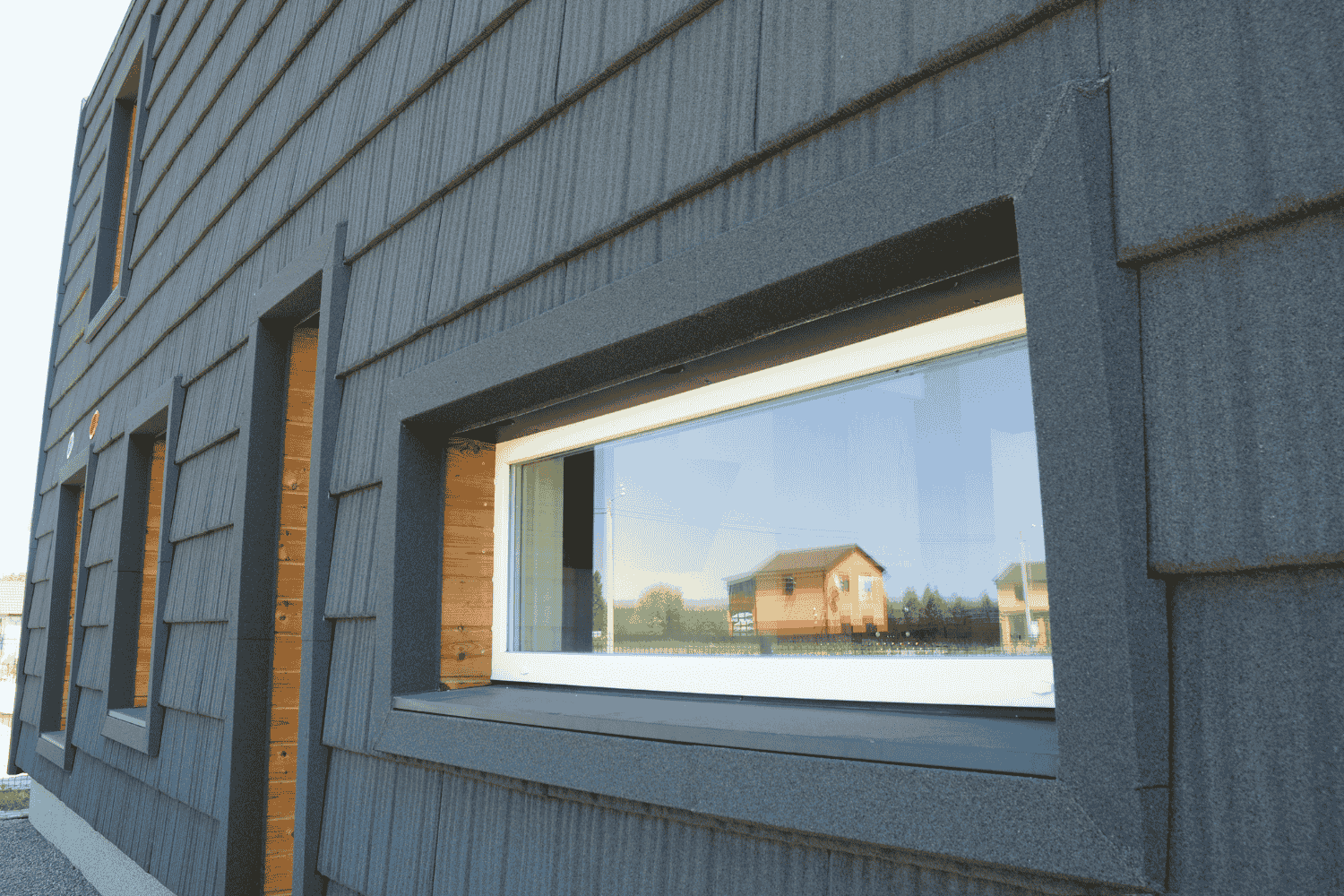
The type of glass used in energy-efficient windows significantly impacts their performance. There are several types of energy-efficient glass to consider, each offering unique benefits. Double-pane and triple-pane windows are among the most common types, providing different levels of insulation and energy savings.
Double-pane windows consist of two layers of glass with a gas-filled space in between, usually argon or krypton, which acts as an insulator. This design helps to reduce heat transfer and noise, making your home more comfortable and peaceful. Triple-pane windows take this concept a step further by adding an additional layer of glass and another gas-filled space, offering even greater insulation and energy efficiency. These windows are particularly beneficial in regions with extreme temperatures, as they significantly reduce heat loss and gain.
Low-E coatings are another critical component of energy-efficient glass. These coatings can be applied to double-pane and triple-pane windows to enhance their performance further. For example, Solarban 70XL is an advanced Low-E coating that not only reflects heat but also absorbs it, providing superior thermal protection.
Choosing the right type of energy-efficient glass can lead to substantial energy savings and improve overall home’s energy efficiency.
Importance of Proper Window Installation
Advanced energy-efficient windows won’t perform as expected if not installed properly. Professional installation is crucial to ensure that windows fit perfectly and function as intended. This process involves following the manufacturer’s guidelines meticulously to avoid any performance issues that could arise from improper installation.
One of the primary concerns with improper window installation is air leaks. These leaks can significantly increase your energy consumption by allowing conditioned air to escape and outside air to enter your home. This not only impacts your energy bills but also reduces the overall comfort of your living space. Moreover, improper installation can void the warranty of your energy-efficient windows, leaving you unprotected against potential defects.
The construction type of your house also influences how windows should be installed for optimal energy efficiency. The installation process might differ between a new build and a renovation project. Ensuring that your windows are installed correctly will help maintain their energy efficiency and longevity, providing you with the maximum return on your initial investment.
Window Frame Materials and Their Impact
The material of your window frames plays a significant role in the overall energy efficiency of your windows. Different materials offer varying levels of insulation, durability, and maintenance requirements. Vinyl, wood, composite, and fiberglass are some of the most common materials used for window frames, each with its own set of advantages and disadvantages.
Vinyl frames are a popular choice due to their affordability and excellent insulation properties. They require minimal maintenance and are resistant to moisture, making them suitable for various climates. However, vinyl frames may not offer the same aesthetic appeal as wood frames, which are known for their natural beauty and traditional look. While wood frames provide good insulation, they require regular maintenance to prevent rot and deterioration.
Composite frames, which combine wood fibers with synthetic materials, offer the best of both worlds. They mimic the appearance of wood while being more durable and requiring less maintenance.
Fiberglass frames are another excellent option, outperforming both vinyl and composite frames in terms of energy efficiency. They are strong, resistant to warping and cracking, and can be designed to be thinner, allowing for more glass and better views.
Choosing the right frame material can significantly impact your window’s performance and longevity.
How to Read Energy Efficiency Labels
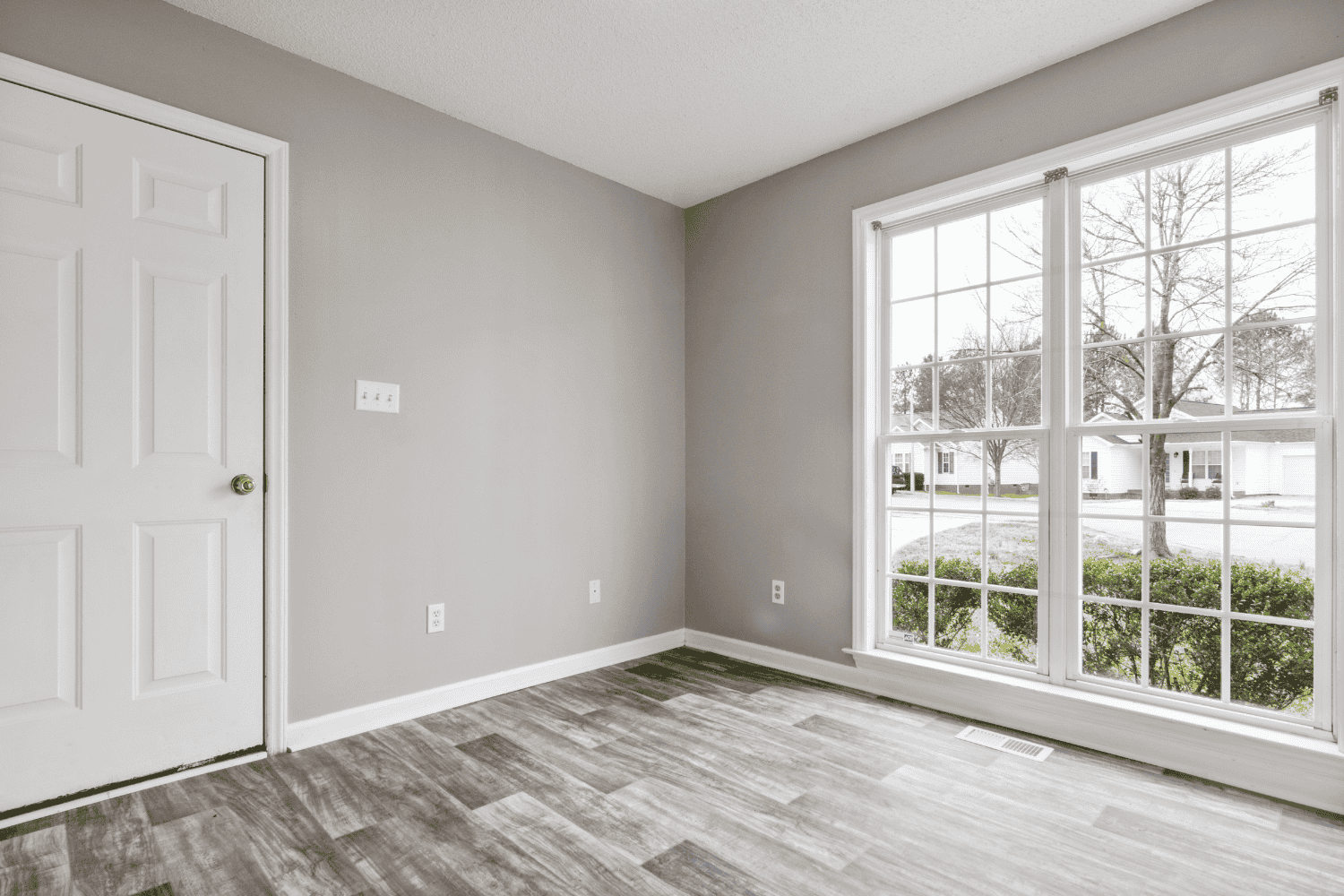
Understanding energy efficiency labels is essential when selecting the right windows for your home. The ENERGY STAR® and NFRC labels are two key indicators of a window’s energy performance. ENERGY STAR-certified windows meet strict criteria set by the Environmental Protection Agency, ensuring they provide excellent energy efficiency. The NFRC label, on the other hand, offers a standardized way to compare the energy properties of different windows, including the energy star label.
One of the most important metrics to consider is the U-Factor, which measures how well a window retains heat. Lower U-Factor values indicate better insulation and energy performance.
Another critical metric is the Solar Heat Gain Coefficient (SHGC), which measures the amount of solar heat that passes through the window. Lower SHGC values are preferable in warmer climates to reduce cooling costs, while higher values may be beneficial in colder regions to maximize passive solar heating.
Visible Transmittance (VT) and Air Leakage are additional metrics to consider. VT measures how much natural light enters your home, with higher values indicating more daylighting. Air Leakage quantifies the amount of air that passes through the window, with lower values indicating fewer drafts and better insulation.
By understanding these labels and metrics, you can make informed decisions that will help save energy and improve your home’s comfort.
Regional Considerations for Energy Efficient Windows
Choosing the right energy-efficient windows also depends on your geographic location and climate. Different regions have varying requirements for optimal window performance. For instance, in the Northwest, where rainfall is abundant, moisture-resistant materials like vinyl and wood-resin composites are highly recommended. These materials prevent water damage and ensure the longevity of your windows.
In areas with higher elevations, such as mountainous regions, double or triple-pane windows are beneficial to minimize heat loss and maintain indoor comfort. Conversely, in warmer climates, windows with lower Solar Heat Gain Coefficient (SHGC) values are preferred to reduce cooling expenses. These windows help keep your home cool by blocking a significant amount of solar heat from entering.
Fiberglass or steel frames are suitable for humid environments due to their resistance to warping and deterioration. Understanding the specific needs of your region will help you select the most energy-efficient windows that will perform well under local climate conditions, ensuring maximum energy savings and comfort.
Signs It’s Time to Replace Your Windows
Recognizing the signs that it’s time to replace your windows is crucial for maintaining your home’s comfort and efficiency. One of the most obvious indicators is drafty windows, which allow conditioned air to escape and outside air to enter, leading to discomfort and higher energy bills. If you notice a sudden increase in your energy bills without any other explanation, your windows might be contributing to heat loss or gain.
Another common sign is condensation forming between window panes, which indicates a failed seal and compromised insulation. This not only obstructs your view but also reduces the window’s energy efficiency. Difficulty in opening or closing windows can also be a sign of wear and tear, suggesting that it’s time for a replacement.
Visible damage, such as cracks or chips in the glass, can compromise both security and insulation. Addressing these issues promptly can improve your home’s energy efficiency and overall comfort. By staying vigilant and recognizing these signs, you can take proactive steps to upgrade your windows and enhance your home’s performance.
Benefits of Energy Efficient Windows
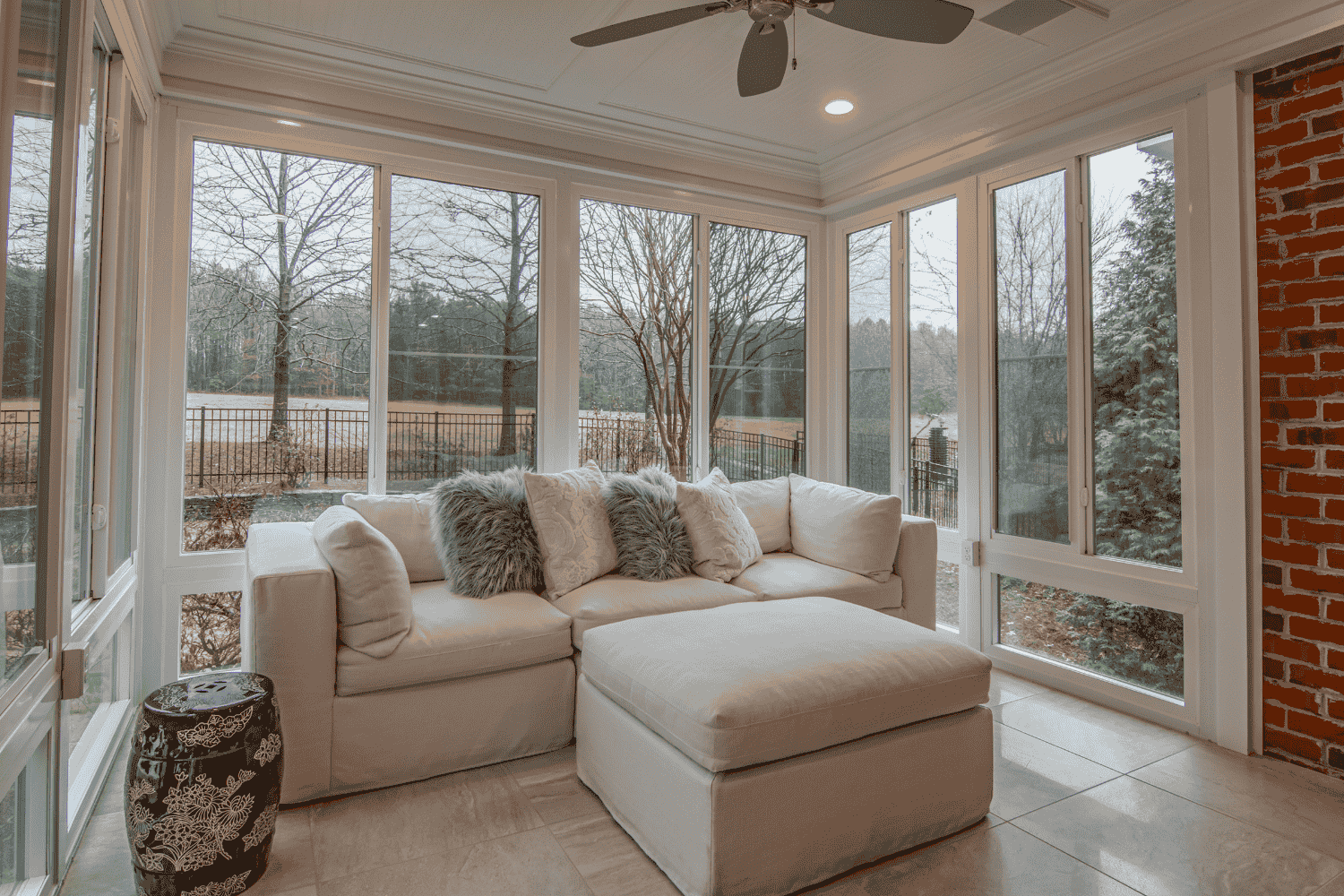
Investing in energy-efficient windows offers numerous benefits, both financial and environmental. One of the most significant advantages is the reduction in energy costs. By minimizing heat transfer, these windows help lower your monthly energy bills. Homes equipped with energy-efficient windows are typically valued higher in the real estate market, adding to their appeal for potential buyers.
In addition to financial savings, energy-efficient windows contribute to a healthier living environment by improving indoor air quality and regulating temperature. This leads to enhanced indoor comfort, with fewer drafts and more consistent temperatures throughout your home. Bordner emphasizes the importance of modern windows in lowering energy bills and preventing drafts, further enhancing your home’s comfort and efficiency.
Replacing old windows with energy-efficient ones can also boost your home’s curb appeal, making it more attractive to potential buyers and increasing its resale value. By choosing energy-efficient windows, you not only save money but also contribute to a more sustainable and comfortable living environment.
Choosing the Right Energy Efficient Windows for Your Home

Selecting the right energy-efficient windows for your home involves several considerations, including budget, materials, and features. The cost of energy-efficient windows can vary significantly. This variation depends on factors like type, size, and added features such as Low-E coatings or inert gas fills. It’s essential to balance your budget with the benefits of improved energy performance and long-term savings.
Proper installation is crucial to ensure the windows perform as expected and maintain their energy efficiency. Confirming that windows are level, plumb, and square during installation will help prevent future issues and extend the lifespan of your investment.
When replacing single pane windows, consider the specific needs of your home and the options available to maximize energy savings and comfort. Consulting with professionals, such as those at Bordner Home Improvement, can provide valuable insights and recommendations tailored to your unique requirements.
By making informed decisions and choosing the right type of windows, you can significantly enhance your home’s efficient window energy efficiency and overall performance.
Bordner Home Improvement Services
Bordner Home Improvement is a trusted name in the industry, specializing in home improvement services, including replacement windows. Their team offers comprehensive consultations to evaluate your specific needs and provide tailored solutions that fit both your budget and performance requirements. By consulting with Bordner, you can ensure professional advice and quality installation for your window replacement needs, maximizing your home’s efficiency and comfort.
Whether you’re dealing with drafty old windows or looking to upgrade to the most energy-efficient options available, Bordner Home Improvement has the expertise and experience to help you make the best choices for your home. Trusting your window replacement project to professionals ensures that you get the best results, enhancing your home’s value and energy efficiency.
Summary
In conclusion, energy-efficient windows are a smart investment for any homeowner looking to reduce energy costs, enhance comfort, and increase property value. By understanding the different types of glass, the importance of proper installation, and how to read energy efficiency labels, you can make informed decisions that will benefit your home for years to come.
Don’t wait until your old windows become a significant problem. Take action now to improve your home’s energy efficiency, comfort, and curb appeal. With the right energy-efficient windows, you can enjoy a more sustainable and cost-effective living environment.
Frequently Asked Questions
What are some signs that indicate it may be time to replace windows?
It may be time to replace windows if you notice drafts, high energy bills, condensation between panes, or visible damage. These signs indicate that your windows are no longer performing effectively.
How can drafts and air leaks affect energy bills?
Drafts and air leaks significantly increase energy bills by allowing conditioned air to escape and unconditioned air to enter, leading to higher heating and cooling costs. It is prudent to address these issues by investing in energy-efficient windows.
What does a significant increase in heating and cooling bills indicate?
A significant increase in heating and cooling bills typically indicates that older, inefficient windows may be allowing heat loss in winter and cool air loss in summer. This suggests a need for potential upgrades or improvements to your home’s insulation and energy efficiency.
Why is difficulty opening or closing windows a concern?
Difficulty opening or closing windows is a significant concern as it can pose safety hazards and may signal underlying problems with faulty mechanisms or warped frames. Addressing these issues promptly is essential to ensure safety and functionality.
What does condensation or moisture between double or triple-pane windows signify?
Condensation or moisture between double or triple-pane windows signifies a failed seal, which indicates a loss of insulation and can obstruct your view. This condition necessitates attention to restore the window’s functionality.

